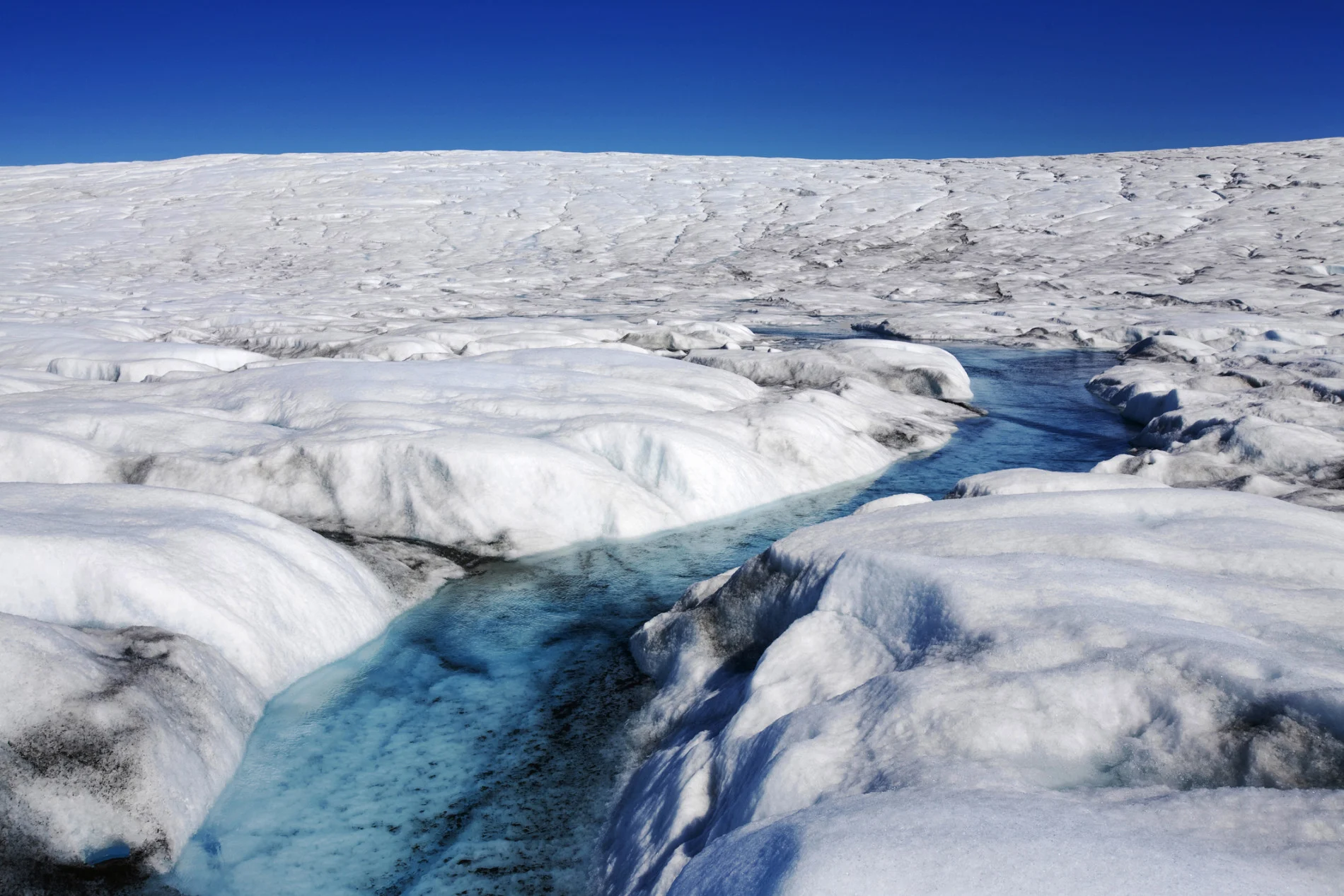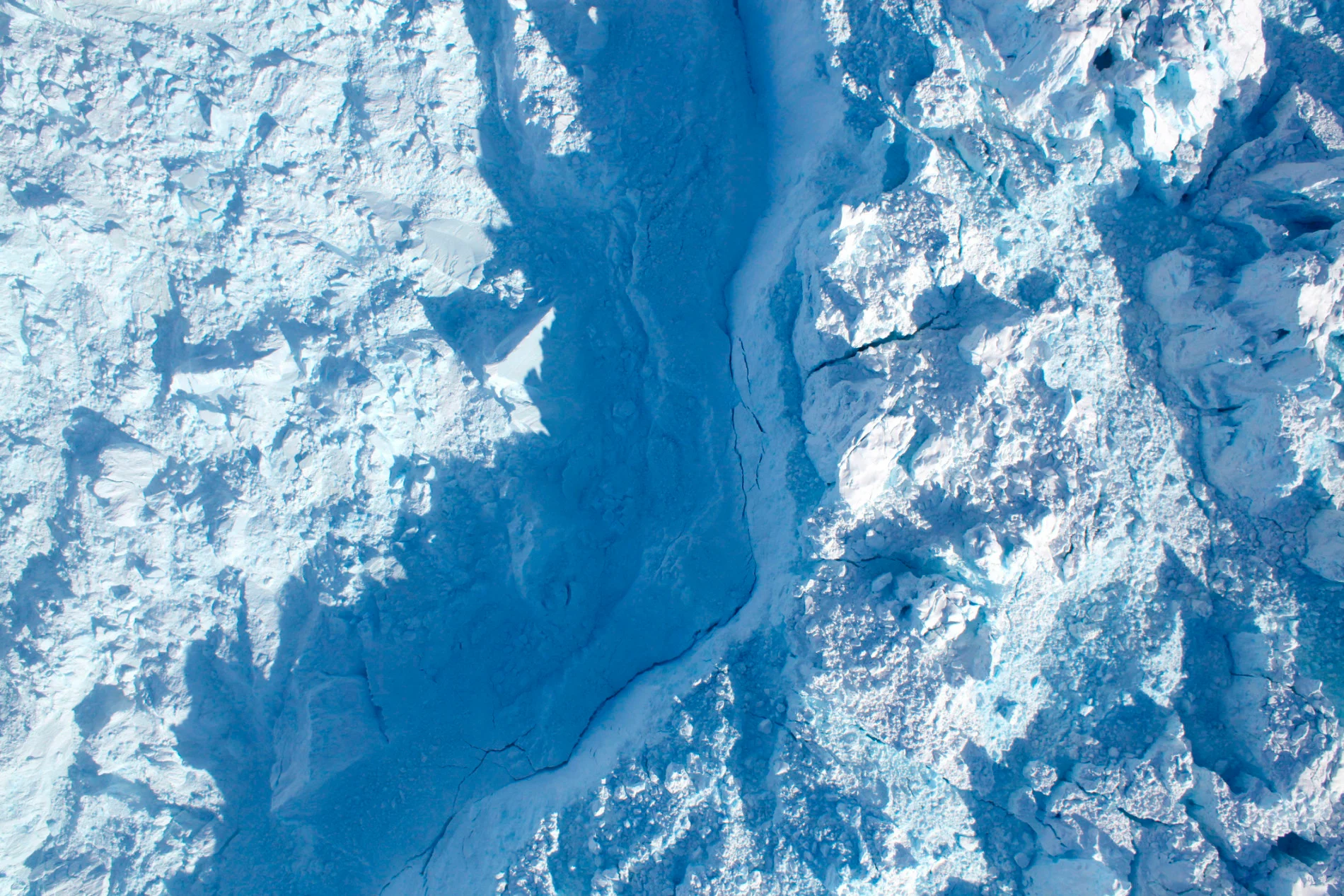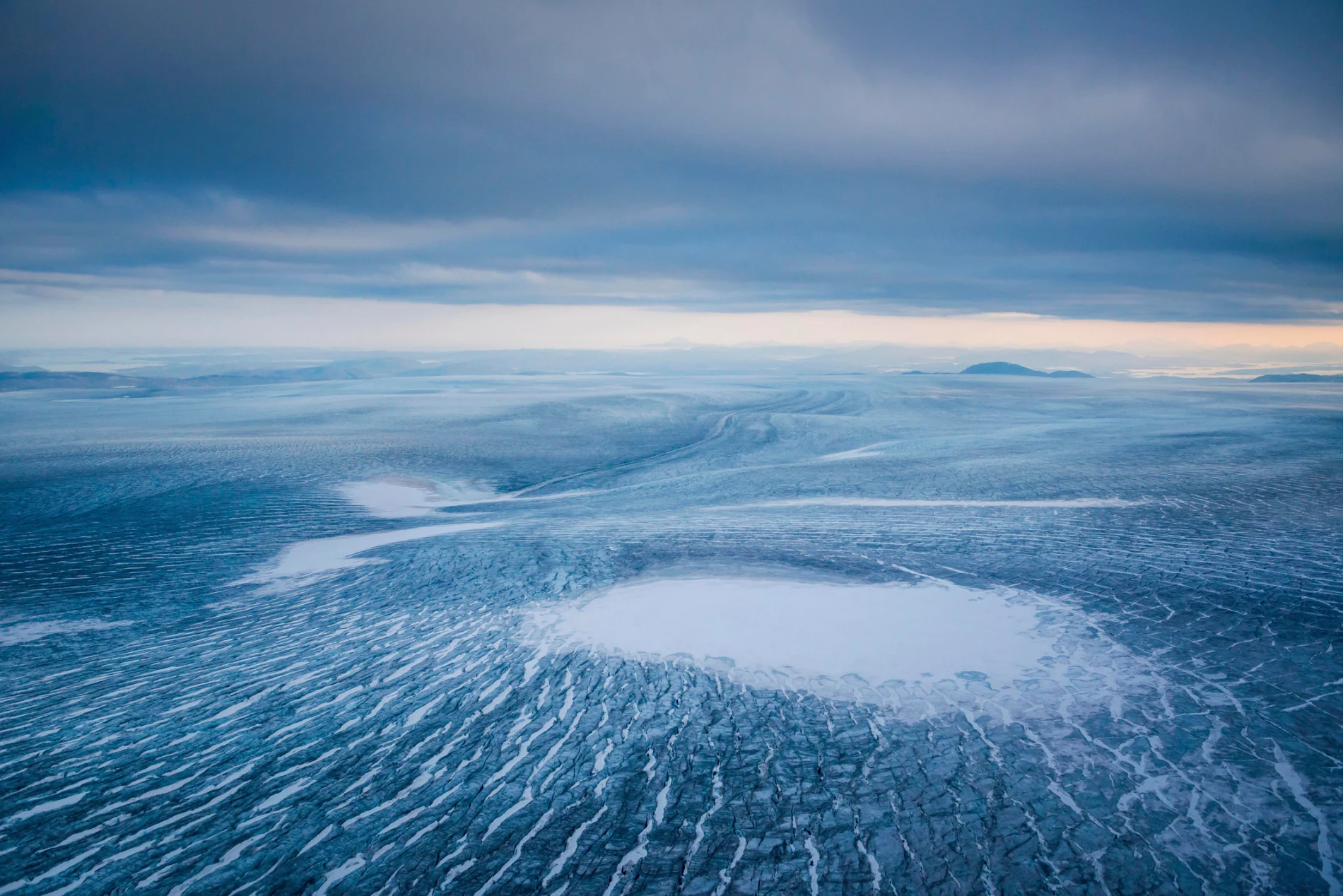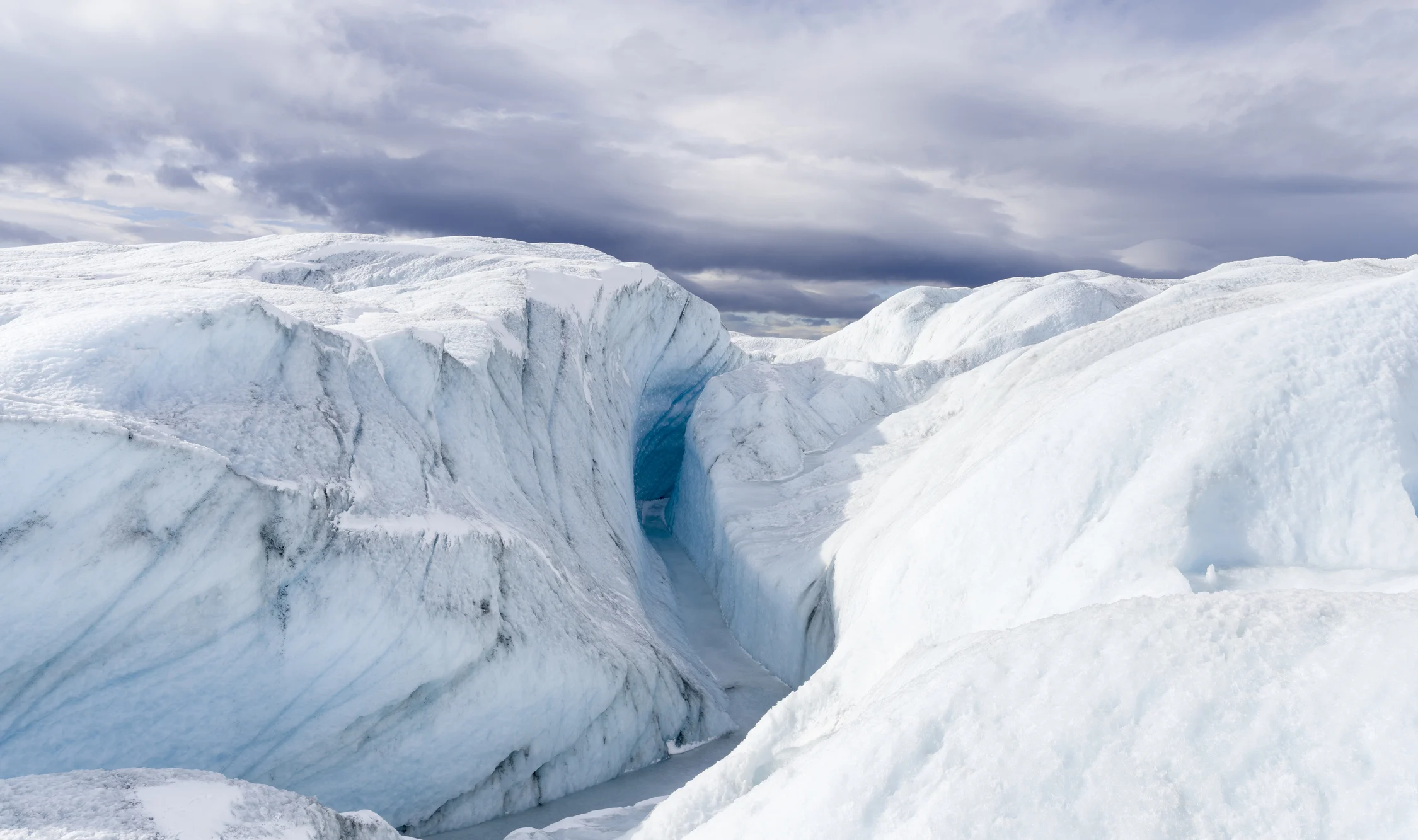
New early warning signals alert of Greenland Ice Sheet tipping point
Experts say that the Greenland Ice Sheet could entirely melt by the year 3000, which would have far-reaching impacts on the global climate.
The central-western part of the Greenland Ice Sheet could “undergo a critical transition relatively soon,” scientists warn in a new study published in Proceedings of the National Academy of Sciences of the United States of America (PNAS).
A group of international researchers from Germany and Norway report that destabilization of the ice sheet is underway and further melting could escalate. Most concerningly, the researchers say that the ice sheet could reach a tipping point that would lead to a long-term global sea level rise where oceans would climb by seven metres if the ice sheet fully melted.
Carbon Brief defines tipping points as “thresholds where a tiny change could push a system into a completely new state” and some climate scientists consider these to be points after which there is no return. The researchers’ models reveal that melting of the ice sheet is “inevitable beyond a 0.8°C to 3.2°C above pre-industrial levels, with a best estimate of 1.6°C.”

The calving front of the Jakobshavn glacier in Greenland. (Stocktrek Images. Getty Images)
The tipping point for the Greenland ice sheet would be triggered by the following mechanism: The thickness of the ice sheet shrinks because the atmosphere and oceans are warming. The disappearing layers of the ice sheet expose new parts of the ice to the warming conditions while the glacier’s volume decreases. The glacier becomes more unstable and sensitive to warming temperature as it shrinks, which locks it into the melting process until the last piece of ice vanishes.
Their analysis resulted in early warning signals, which occur when the data reveal that a system is losing stability. Similar early warning signals were found before the climate experienced abrupt warming events thousands of years ago, including when temperatures dramatically increased in parts of Greenland during the last glaciation.
The researchers say that early warning signals come before potential abrupt transitions in the Earth’s systems. Data collected from 18 ice cores sampled from central-western Greenland exhibited “robust and significant early warning signals,” which the study says is an indicator that the Greenland ice sheet is “close to a critical transition.”

Aerial view of the Greenland Ice Sheet. (Gabriel Gersch. Getty Images)
The study says that the main factor that would contribute to melting of the ice sheet is human-released greenhouse gas emissions. If global greenhouse gas emissions continue on a business-as-usual pathway, meaning that our behaviours remain unchanged and emissions increase as the global population grows, the entire ice sheet will rapidly melt from 2500 onwards before finally disappearing in 3000.
However, the study says that the conditions for the entire ice sheet to melt could be reached much sooner if global temperatures warm faster than projected. Due to uncertainties in the data analysis, the researchers say that there is a chance the ice sheet has already reached the tipping point.

Landscape on the Greenland Ice Sheet. (Martin Zwick/REDA&CO/Universal Images Group. Getty Images)
“Continued melting of the Greenland ice sheet has been suggested to potentially lead to a collapse of the Atlantic Meridional Overturning Circulation (AMOC) via increased freshwater flux into the North Atlantic, which may, in turn, trigger a cascade of transitions in additional tipping elements such as the Amazon rainforest and the tropical monsoon systems,” the study warns.
The AMOC is a system of ocean currents that redistribute heat across the planet and is being closely monitored for changes by scientists around the world. Scientists estimate that the AMOC and one of its well-known components, the Gulf Stream, control roughly one-quarter of the heat transfer in the Northern Hemisphere. Due to warming temperatures and melting sea ice, scientists have discovered that the AMOC is experiencing an “unprecedented slowdown,” one that has not been witnessed for over 1,000 years.
Many factors, such as greenhouse gas emissions, land use change, and volcanic eruptions have an impact on the Greenland ice sheet and the study concludes that more research needs to be done to narrow down the conditions that would most likely contribute to an irreversible melting of the ice sheet.
Thumbnail credit: Ashley Cooper. Corbis. Getty Images

